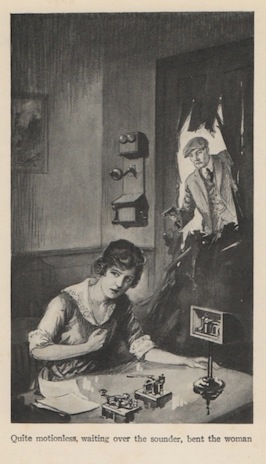 |
| The Canadian Bookman, January 1909 |
I have Erica Brown of the wonderful
Reading 1900-1950 to blame for time wasted this past weekend. It was she who demonstrated just how much fun can be had with the
Google Ngram Viewer, a tool used in charting words, names and phrases found in the 5.2-million books that the corporation has digitized.
Prof Brown, whose work focusses on the history of popular fiction, used the GNV to trace the rise of the term "middlebrow". I began with "Ontario Gothic" (as with all, click the graph to enlarge):
An interesting result, though one that should be viewed with a cautious eye. As Prof Brown points out, "5.2 million books digitized sounds great – and it is – but it isn’t everything, and it is skewed towards US publications." I'll add that
the tool doesn't capture anything published after 2008, and that any ngram that occurs in fewer than 40 books will deliver a rather deceptive 0% flatline. Still, while not entirely accurate, I think it goes far in reflecting trends.
Here, for example, is a search that charts the shift away from "L.M. Montgomery" to "Lucy Maud Montgomery". Interesting to note that the two lines converge in the mid-nineties, when most of her work entered the public domain.
The real fun comes in drawing comparisons between writers. Here, for example, are Canada's Booker Prize winners:
How about this graph featuring mentor Irving Layton and pupil Leonard Cohen:
Better yet, Irving Layton versus Louis Dudek:
Here we see the careers of rivals Ernest Thompson Seton and Charles G.D. Roberts:
The declining interest in Seton and Sir Charles made me curious about Sir Gilbert Parker, our biggest
fin de siecle author.
Sobering. W
onder how I'm doing.
Oh.







































